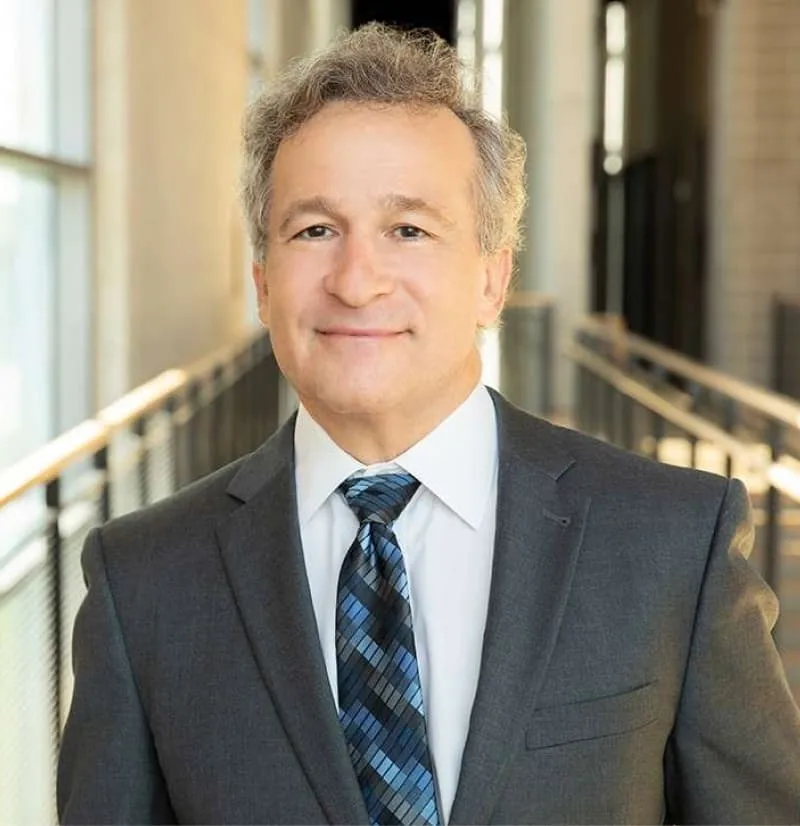Medical practices often add new techniques and procedures to increase revenue. I’m not suggesting the only reason is revenue. Presumably it’s to serve the patient and make a living BY serving the patient.
And, I’m not opposed to physicians expanding what they do from treating disease to promoting health.
But, I must admit, I did a double take when I saw the full court press on promoting vaginal rejuvenation at several recent meetings. Candidly, I knew nothing about it. My less than complete understanding is that thermal or radiofrequency energy is applied to the vaginal tissues to tighten the tissues.
The devices that are used are currently approved for removing warts or pre-cancerous cervical or vaginal tissue.
If a company wants to market a medical device or medication for a specific indication, it needs FDA approval to do so. They submit a packet describing the safety and efficacy of the intervention. Then the FDA makes a decision. Physicians are free to prescribe medications and use medical devices for indications that are not FDA approved. They must use good clinical judgment and conform to the standard of care. But, the FDA mostly addresses claims made by manufacturers when placing a drug or device into the stream of commerce.
Here’s what the FDA Commissioner, Scott Gottlieb, said in a tweet, about companies promoting equipment to address vaginal rejuvenation:
“Deceptive marketing of a dangerous procedure with no proven benefit, including to women who’ve been treated for cancer, is egregious.”
Gottlieb went on to note that the agency has reviewed patient reports and medical literature and found “numerous cases of vaginal burns, scarring, pain during sexual intercourse, and recurring or chronic pain” from the treatments.
“We’re deeply concerned women are being harmed by these procedures,” he added.
The FDA has limited oversight over physicians. But, the Board of Medicine does. Using a device for an unapproved indication may attract scrutiny. But, ultimately it comes down to whether or not the physician is following the standard of care. If the medical literature supports the use; or a critical mass of physicians are performing the technique with reasonable safety/efficacy profile, then the Board will likely be satisfied.
But, if complaints start rising; and the literature starts documenting too many side effects, expect a lawyer to start an ugly process.
Many doctors who purchase such expensive equipment just assume the literature supports its use. They also assume the FDA has approved the equipment being marketed to treat the conditions. But, if that is not the case, the new revenue center may turn out to be a bust.
What do you think?

About the Author
Jeffrey Segal, MD, JD
Dr. Jeffrey Segal, Chief Executive Officer and Founder of Medical Justice, is a board-certified neurosurgeon. In the process of conceiving, funding, developing, and growing Medical Justice, Dr. Segal has established himself as one of the country’s leading authorities on medical malpractice issues, counterclaims, and internet-based assaults on reputation.
Dr. Segal holds a M.D. from Baylor College of Medicine, where he also completed a neurosurgical residency. Dr. Segal served as a Spinal Surgery Fellow at The University of South Florida Medical School. He is a member of Phi Beta Kappa as well as the AOA Medical Honor Society. Dr. Segal received his B.A. from the University of Texas and graduated with a J.D. from Concord Law School with highest honors.
If you have a medico-legal question, write to Medical Justice at infonews@medicaljustice-staging.shfpvdx8-liquidwebsites.com.





Thanks for this post – it is certainly more balanced than other reports I have read. It is important to differentiate radiofrequency and CO2 lasers. It is important NOT to promote marketing words such as “vaginal rejuvination” that make women feel as though they are old and broken. Instead, discuss the tissue pathology, the cause and the various remedies for the problem (on and off label). Patients should choose based on risks, benefits and alternatives that we all should be including in appropriate informed consent. I wish the number of reports of adverse event/ # of procedures performed for a given device was reported for each device. I think we would find a very favorable risk profile for some of the products used by educated physicians/providers that have be adequately trained. Ignoring the impact of vaginal dryness, painful intercourse, painful urinary symptoms and various dystrophies of the skin would be a disservice to the women we serve.
There is no doubt that vaginoplasty surgery is on the rise, and in women with congenital abnormalities like external labia minora may benefit by having the ability to wear a bikini or yoga leggings with more confidence. In my opinion, there has been no significant breakthrough in nonsurgical facial “tightening” over the last 15 years. I thought nonsurgical vaginal rejuvenation was for dark pigment removal. Tightening is all hocus pocus. Thank you.
As a physician who uses radio frequency to address issues of Vaginal atrophy causing painful sex, over-active bladder and stress incontinence as well as for skin conditions like lichen sclerosis , I have seen a significant improvement in the clinical symptoms of over 100 women without complications.
Lasers and RF work by using heat to stimulate blood flow and the physiologic changes in the cells have been documented histologically. More collagen, increased blood vessel formation, increased proteins which draw moisture in help to alleviate known menopausal and bladder symptoms.
The problem is a lack of consistent data collection and larger IRB studies.
The companies should be promoting data collection across the board so we can show the huge benefits to large numbers of women.
The bottom line is patient safety and the practice of good medicine. We need to continue to promote treatments that improve quality of life with minimal risks.